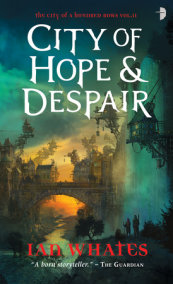


And the newly united dead-Laura’s parents, an old lover, an executive she worked for, a religious fanatic, people casually known-are too briefly sketched and allowed too little freedom to elicit much engagement. The highly detailed polar chapters seem composed for their own cinematic sake. Set in a future riven by planetary wars, global heating and the extinction of other mammals, the book wants to be an allegory of saving interdependence, what Emerson called “each and all,” but not even the story’s halves mesh.

Since the afterlife, as depicted here, is never believable (the denizens show little stress about their temporary status), the stakes of Laura’s sledding aren’t what Brockmeier hopes. In alternating chapters, Brockmeier ( Things That Fall from the Sky, 2002, etc.) describes life after death as a retro city where people don’t change and tells the harrowing tale of plucky, 30-something Laura Byrd. What if those enjoying the afterlife require for their continuing existence being remembered by Earthlings?Īnd then a pandemic virus called “The Blinks” kills off everyone but an isolated researcher in Antarctica who is forced by an accident to make two heroic treks to save herself-and her dear departed, though she doesn’t know that.


 0 kommentar(er)
0 kommentar(er)
